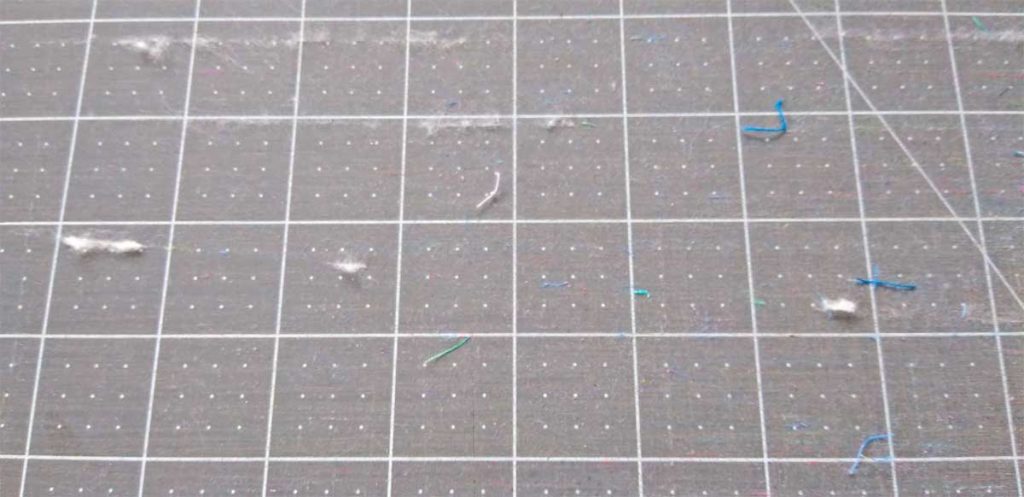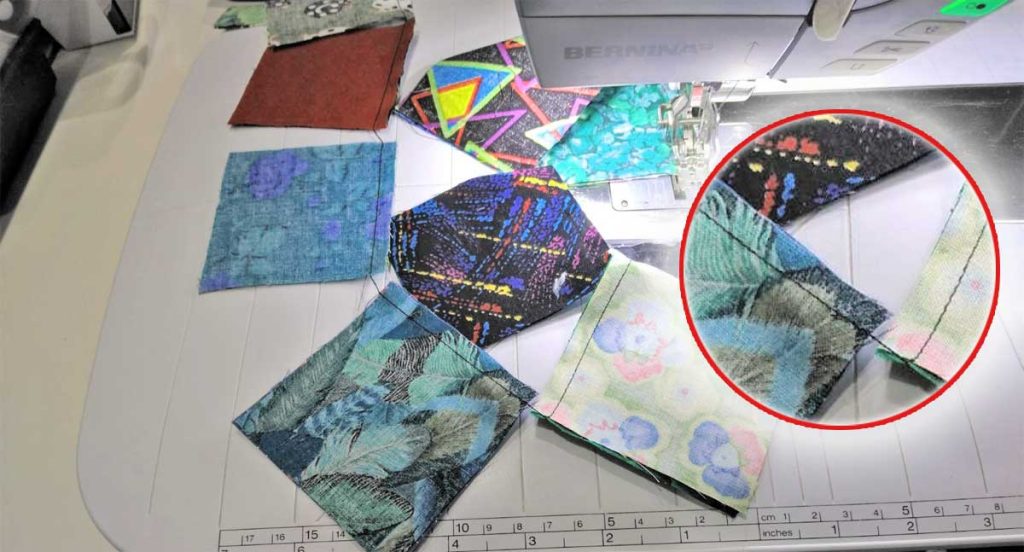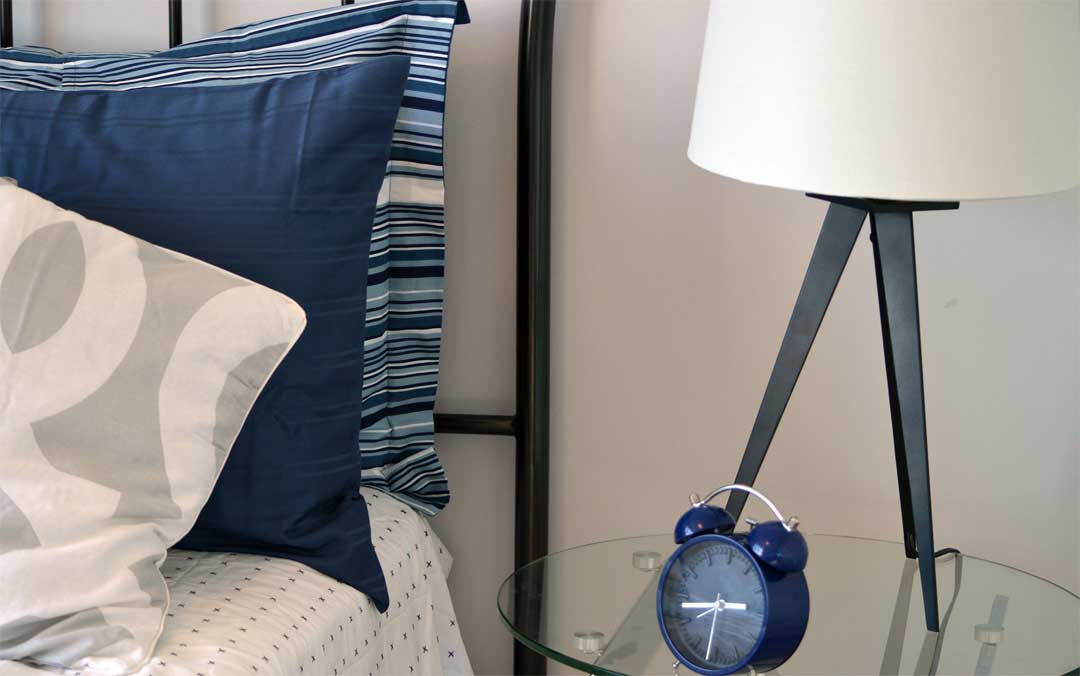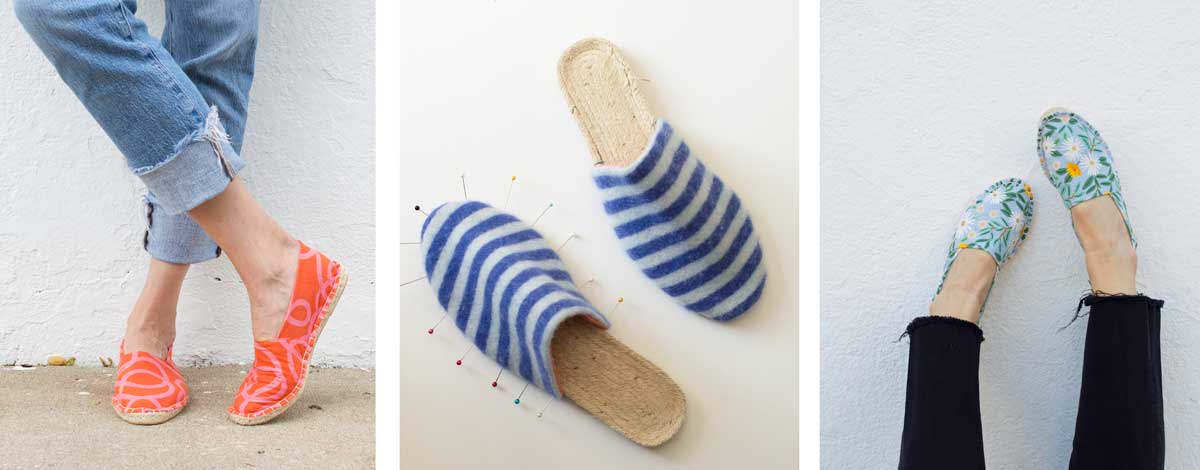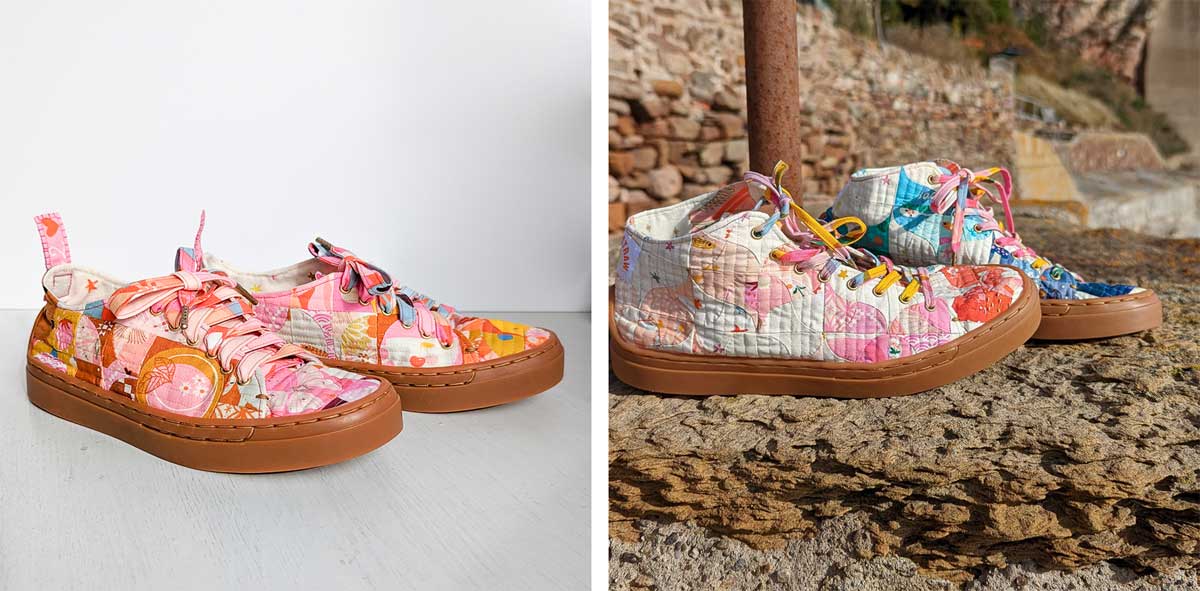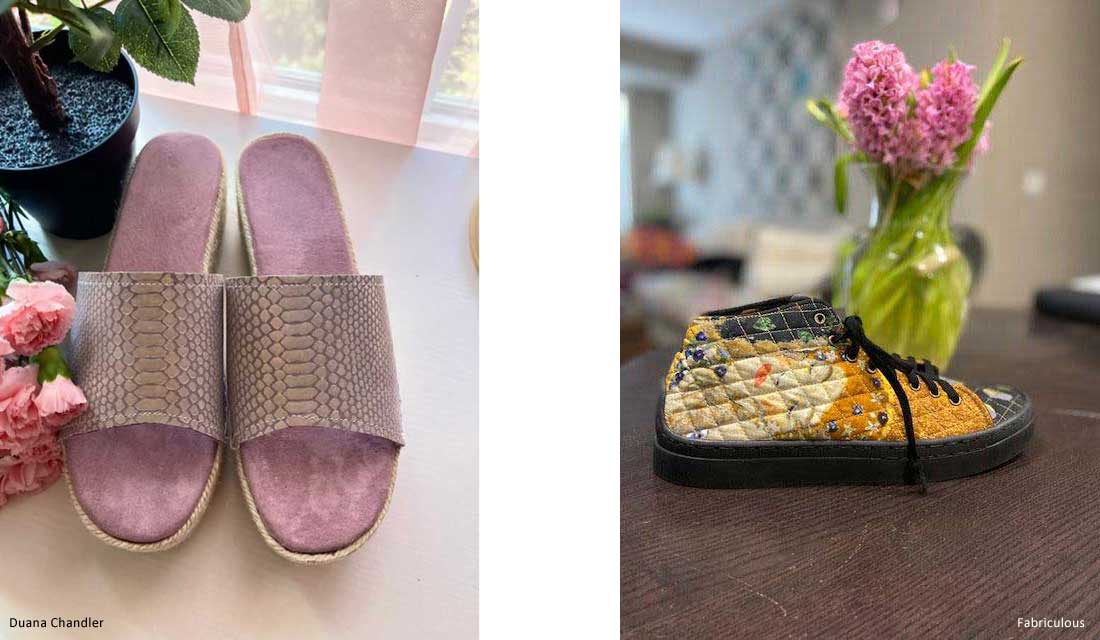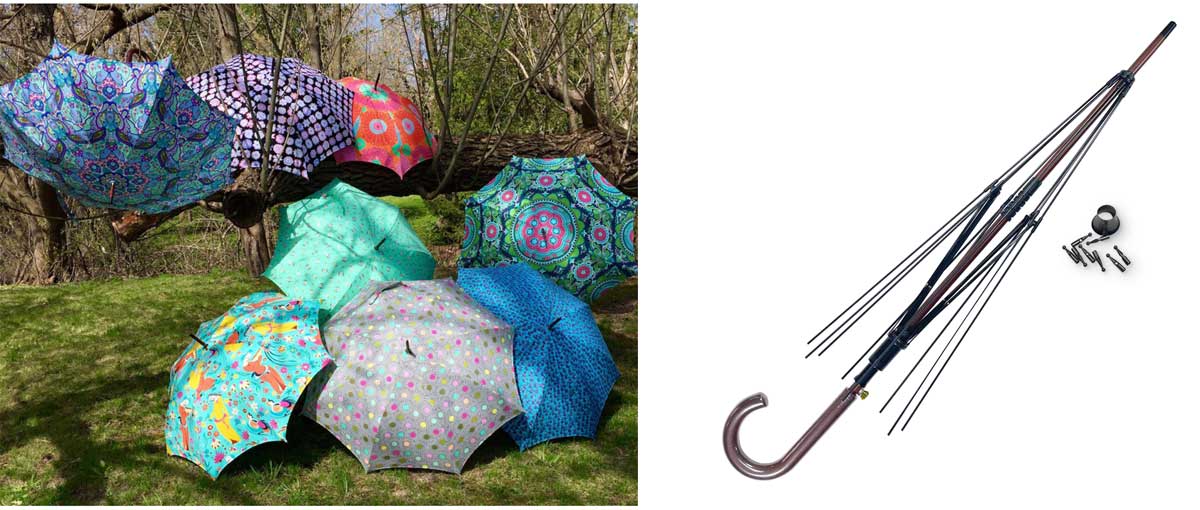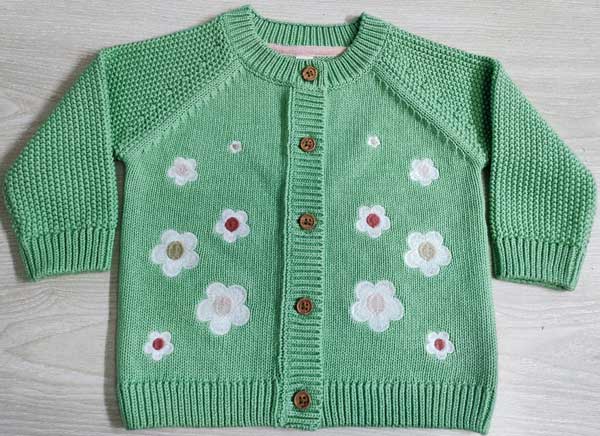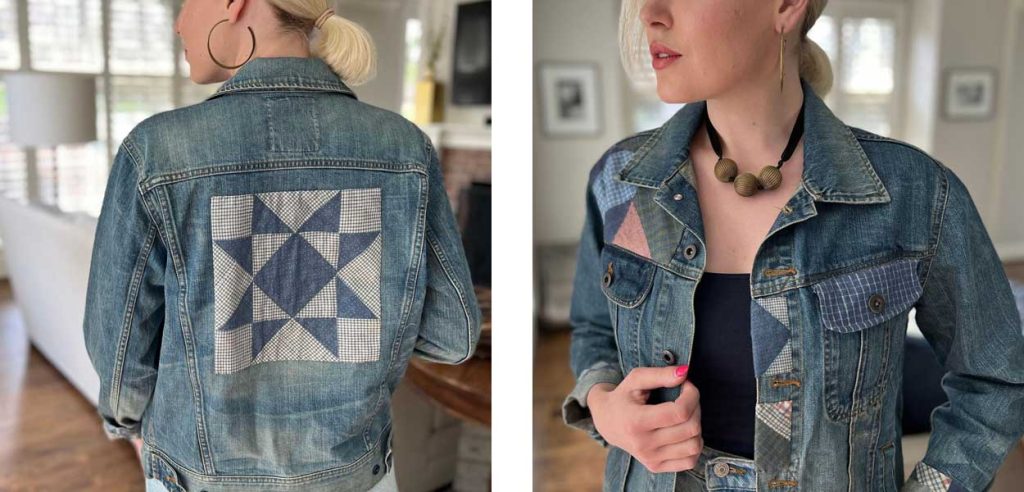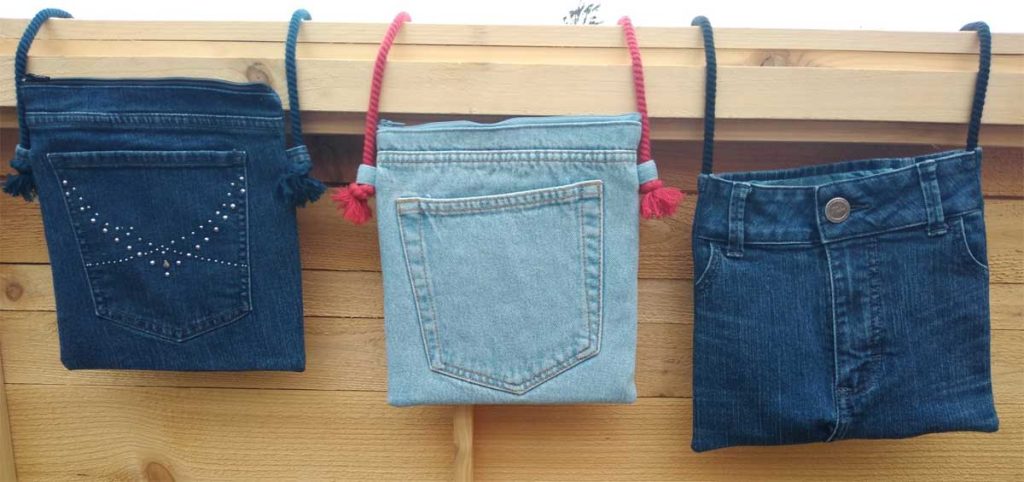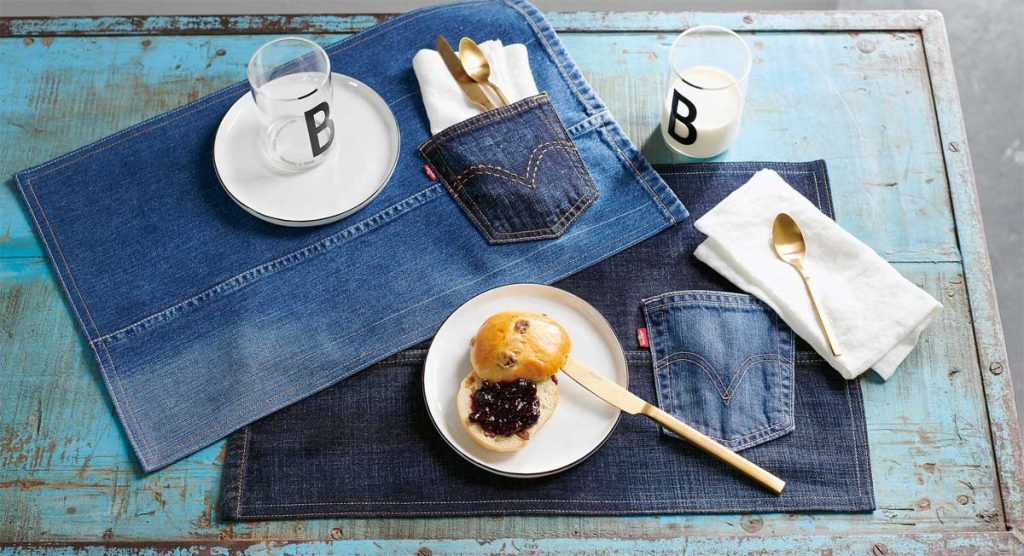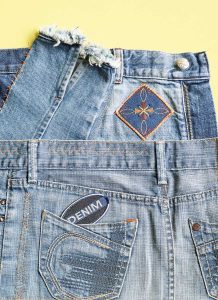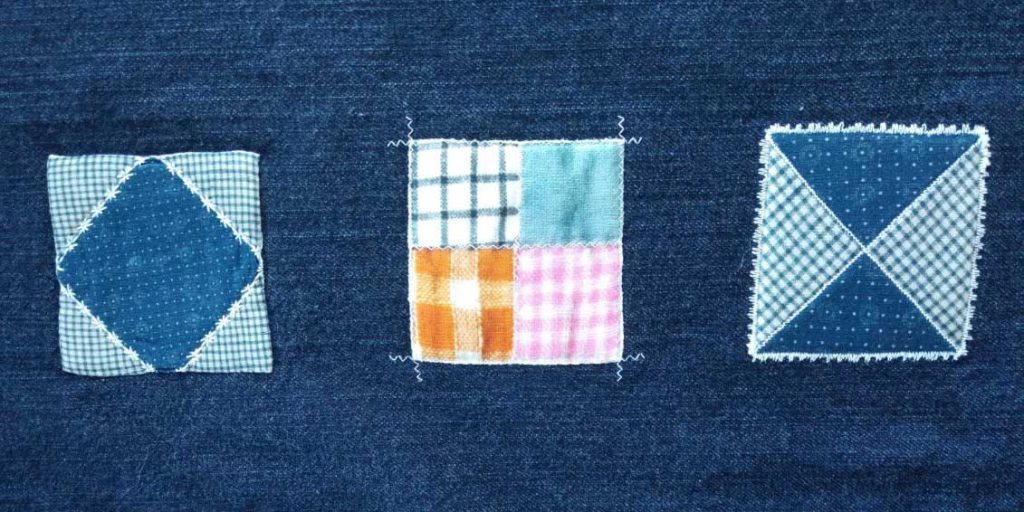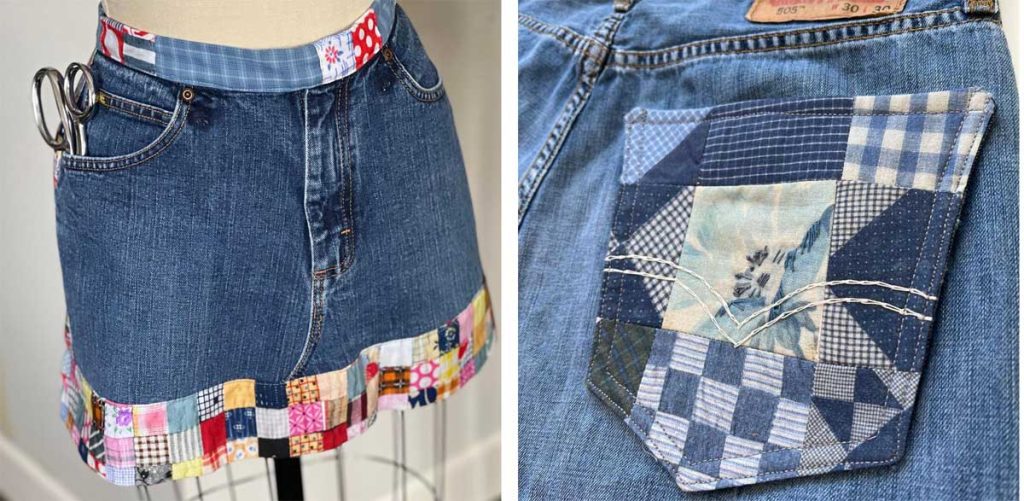Rotary Cutting Mat
Q: What’s the easiest way to clean my rotary cutting mat?
A: Cutting mats harbor lint as you cut various fabrics and some fabrics are worse than others for their shedding capabilities. If you’re cutting something linty, like fleece or fur, be sure to use a soft brush and clean the mat immediately after use. An art eraser, soft dish scrubber or an adhesive lint remover can also be used to get fibers out of the cutting line grooves. But don’t stop there…
To give your mat a thorough “spa” cleaning, fill your bathtub with enough room temperature water to cover the bottom of the tub, and add ¼ cup of white vinegar. Let the mat soak for 15-20 minutes, then add a bit of dish soap to the mix. Use a small, soft brush to scrub the mat and lather it up. Rinse the mat in cool water and dry with a towel or lay it flat to air dry.
Tempting as it might be, don’t use hot water for this cleanse, and don’t let your mat dry in direct sun, as both will cause the mat to warp. Once a cutting mat is warped, it cannot be made flat again.
Taking good care of your cutting mat will prolong its life and that of your rotary cutter blade as well.
Chain Sewing
Q: I’ve heard the term chain sewing a lot from my quilting friends—what does it mean and can I do it with garment sewing too?
A: Chain sewing means that once you’ve sewn a seam, you simply feed in the next thing to be sewn, without clipping the threads between pieces. For example, if you’re sewing together multiple quilt blocks, sew all the like pieces together continuously. Chain stitching is a real timesaver, and it also saves thread, as you’re not stopping after each piece to clip threads and pulling out new thread ends before you start the next piece.
When you’re done sewing together a quantity of pieces, clip them apart.
Chain stitching can absolutely be done with garment sewing or other projects as well. In fact, it’s kind of a game to see how far you can go without stopping to clip threads. When sewing a garment, fuse any interfacings to all pieces prior to sewing, then, depending on the style, you may be able to continuously sew the armhole facing shoulder and/or underarm seams, followed by the garment shoulder seams and side and/or center seams, neckline facing seams and skirt side seams, all before stopping. If your garment has sleeves, feed in the underarm seams as well.
Rule of thumb for chain sewing is never cross another seam without pressing it first.
Chain sewing is really quite satisfying to see a mound of pieces quickly piling up behind your presser foot. If you’re making multiples of the same item (cheerleader outfits, band uniforms, etc.), factory style chain sewing is much quicker than sewing each project from start to finish before starting the next.
Elastic Thread
Q: I used elastic thread in my bobbin to shirr a top, but it didn’t pull up as much as I thought it would and my top is too big. Did I do something wrong, and is there any way to fix it?
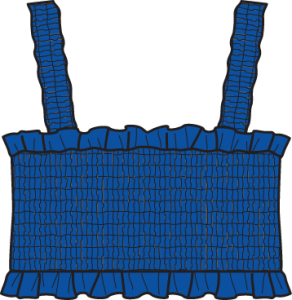 A: Elastic thread differs from brand to brand with its elasticity and recovery, so it’s really important to do test stitching on the actual project fabric before beginning your garment. Top tension may need to be adjusted, and/or the stitch length to get the shirring effect you want.
A: Elastic thread differs from brand to brand with its elasticity and recovery, so it’s really important to do test stitching on the actual project fabric before beginning your garment. Top tension may need to be adjusted, and/or the stitch length to get the shirring effect you want.
Since your stitching is already done, there are a couple of possible solutions: First, steam the shirred area from the wrong and/or right side. Most elastic threads will shrink a goodly amount from the steam. Don’t actually press on the elastic or the fabric, just hover the iron and steam. If that doesn’t draw it up sufficiently, find the end of each stitching line and pull up the elastic. When it’s the right size, knot the thread end or stitch over it several times within the seamline. Repeat for each row separately. If you didn’t stop stitching at the end of the rows, but instead turned to stitch the next row, use a large pin to pull up the elastic thread as if it were separate rows for the same effect.
~Linda Griepentrog is the owner of G Wiz Creative Services and she does writing, editing and designing for companies in the sewing, crafting and quilting industries. In addition, she escorts fabric shopping tours to Hong Kong. She lives at the Oregon Coast with her husband Keith, and three dogs, Yohnuh, Abby, and Lizzie. Contact her at .





